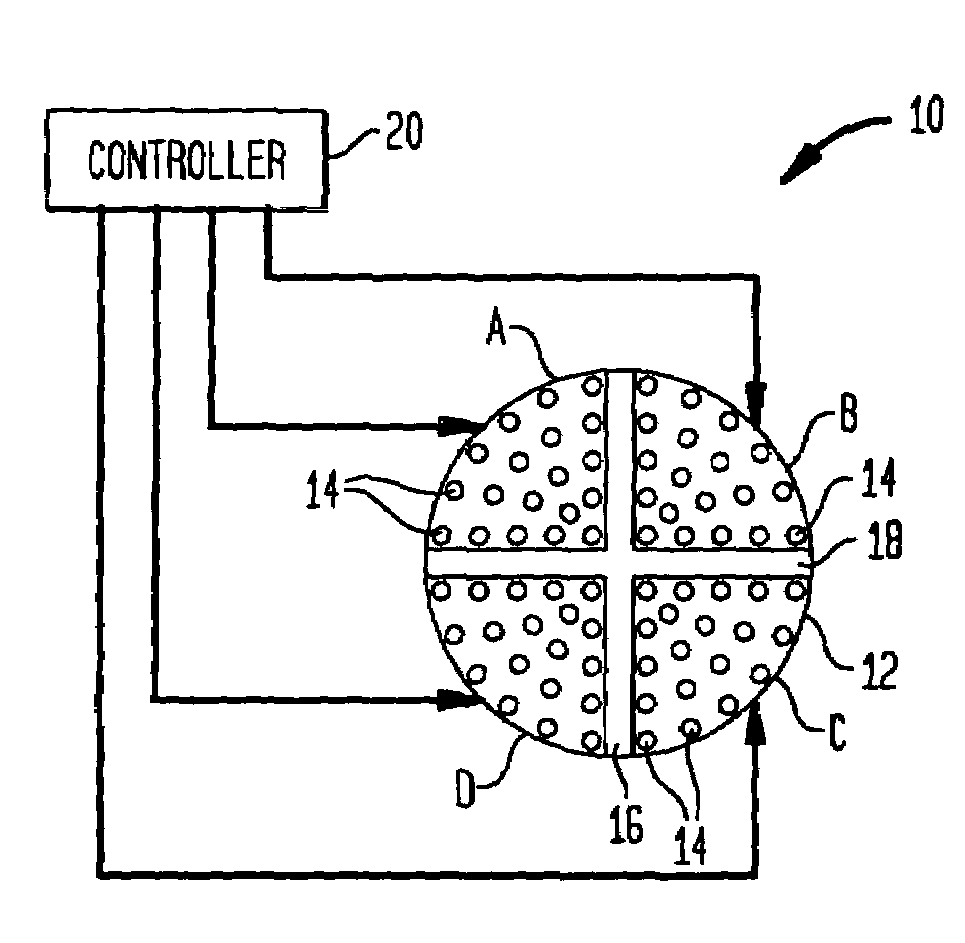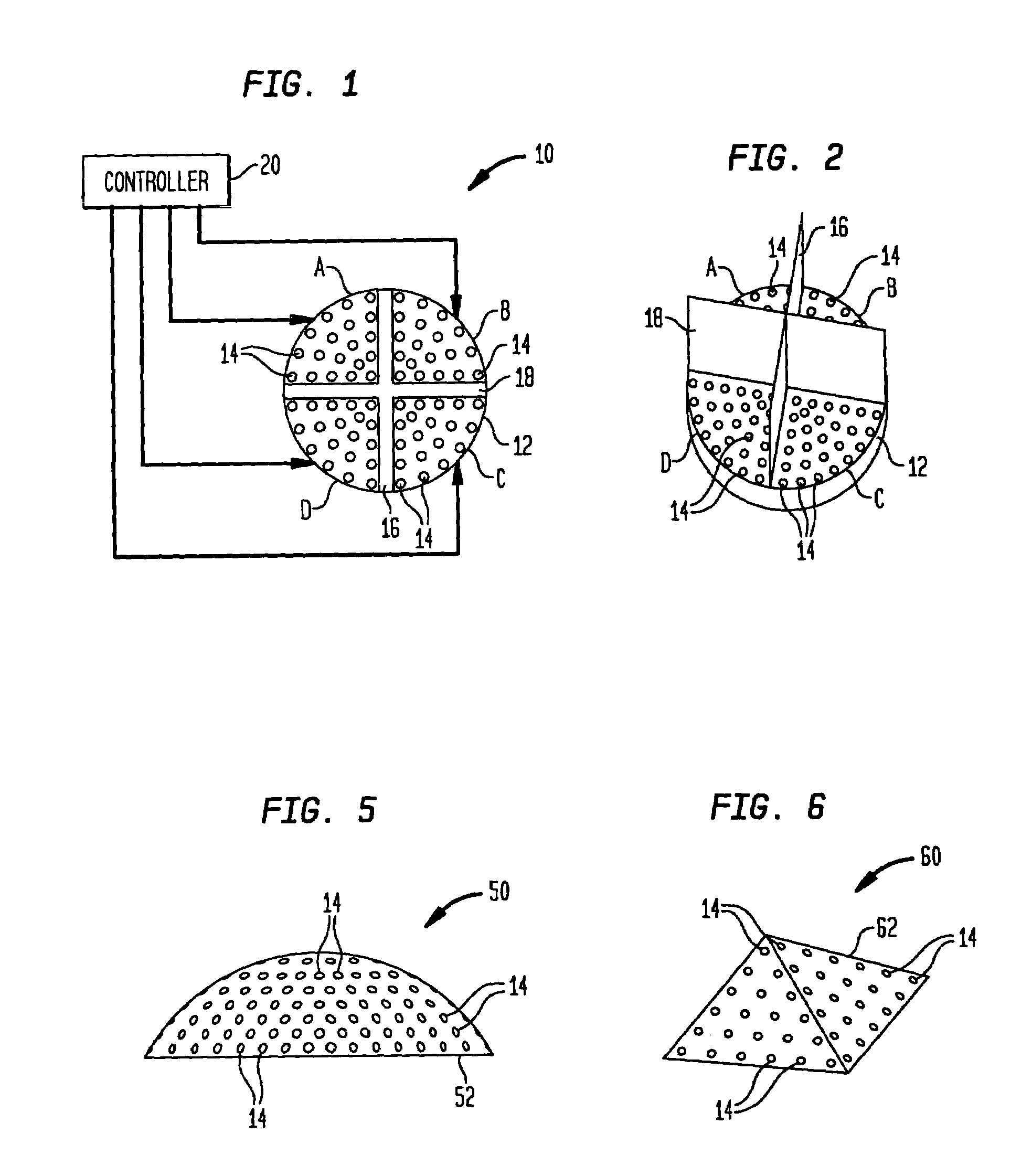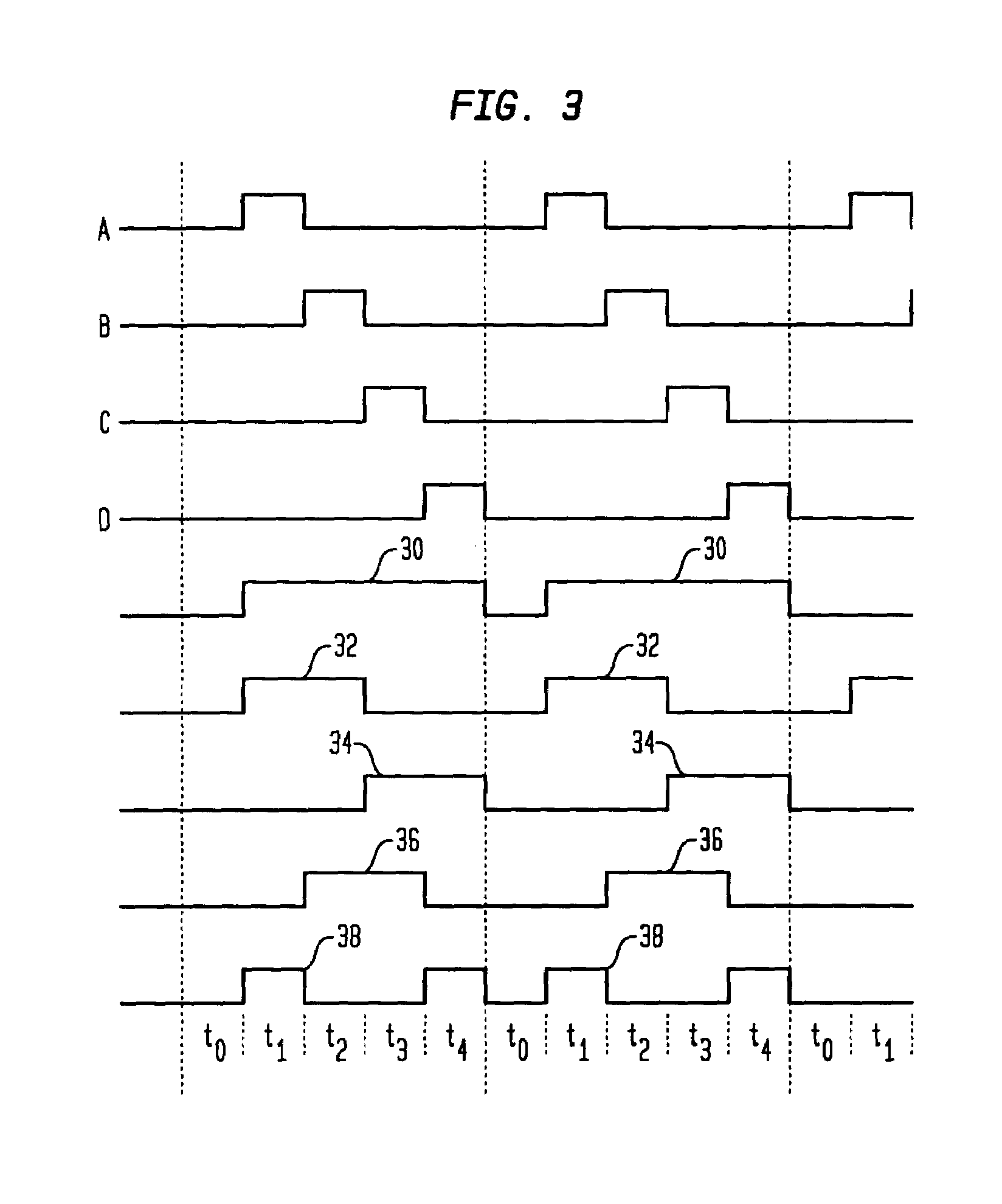System for guiding a vehicle to a position
a technology of guiding system and vehicle, applied in the direction of comonautical navigation instruments, distance measurement, instruments, etc., can solve the problems of system lack of precision, inability to carry onboard a uuv, and lack of guidance correction
- Summary
- Abstract
- Description
- Claims
- Application Information
AI Technical Summary
Benefits of technology
Problems solved by technology
Method used
Image
Examples
Embodiment Construction
[0018]Referring now to the drawings, simultaneous reference will be made to FIGS. 1 and 2 where one embodiment of a light transmitter that can define a line of approach thereto in accordance with the present invention is shown and referenced generally by numeral 10. Light transmitter 10 can function on its own or as part of an alignment or docking system as will be explained further below. While it is to be understood that light transmitter 10 can be used in any air, space, underwater or on land environment, the present description thereof will assume use in an underwater environment by way of illustrative example.
[0019]Light transmitter 10 has a light emitter portion defined by a frame 12 supporting and defining locations for a plurality of light sources 14 forming an array. Each of light sources 14 can be any one of a variety of light sources to include a light emitting diode or LED such as “super bright” LEDs for turbid environments, laser lights, lights with filters, etc. Accord...
PUM
 Login to View More
Login to View More Abstract
Description
Claims
Application Information
 Login to View More
Login to View More - R&D
- Intellectual Property
- Life Sciences
- Materials
- Tech Scout
- Unparalleled Data Quality
- Higher Quality Content
- 60% Fewer Hallucinations
Browse by: Latest US Patents, China's latest patents, Technical Efficacy Thesaurus, Application Domain, Technology Topic, Popular Technical Reports.
© 2025 PatSnap. All rights reserved.Legal|Privacy policy|Modern Slavery Act Transparency Statement|Sitemap|About US| Contact US: help@patsnap.com



